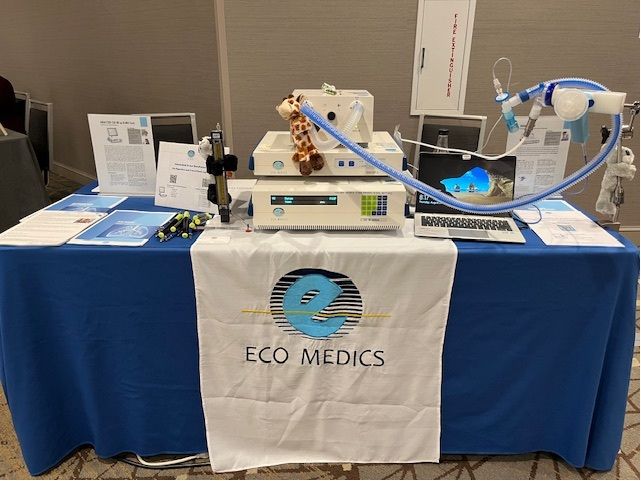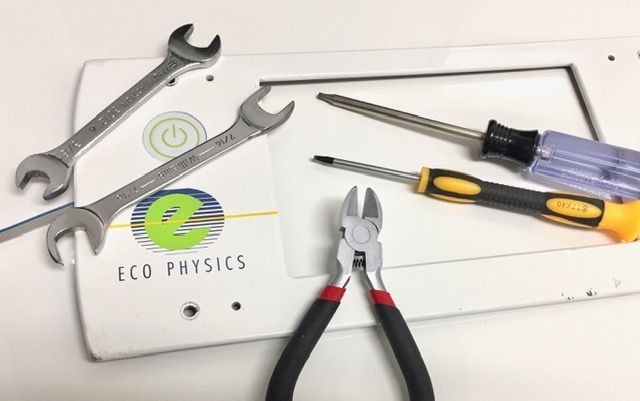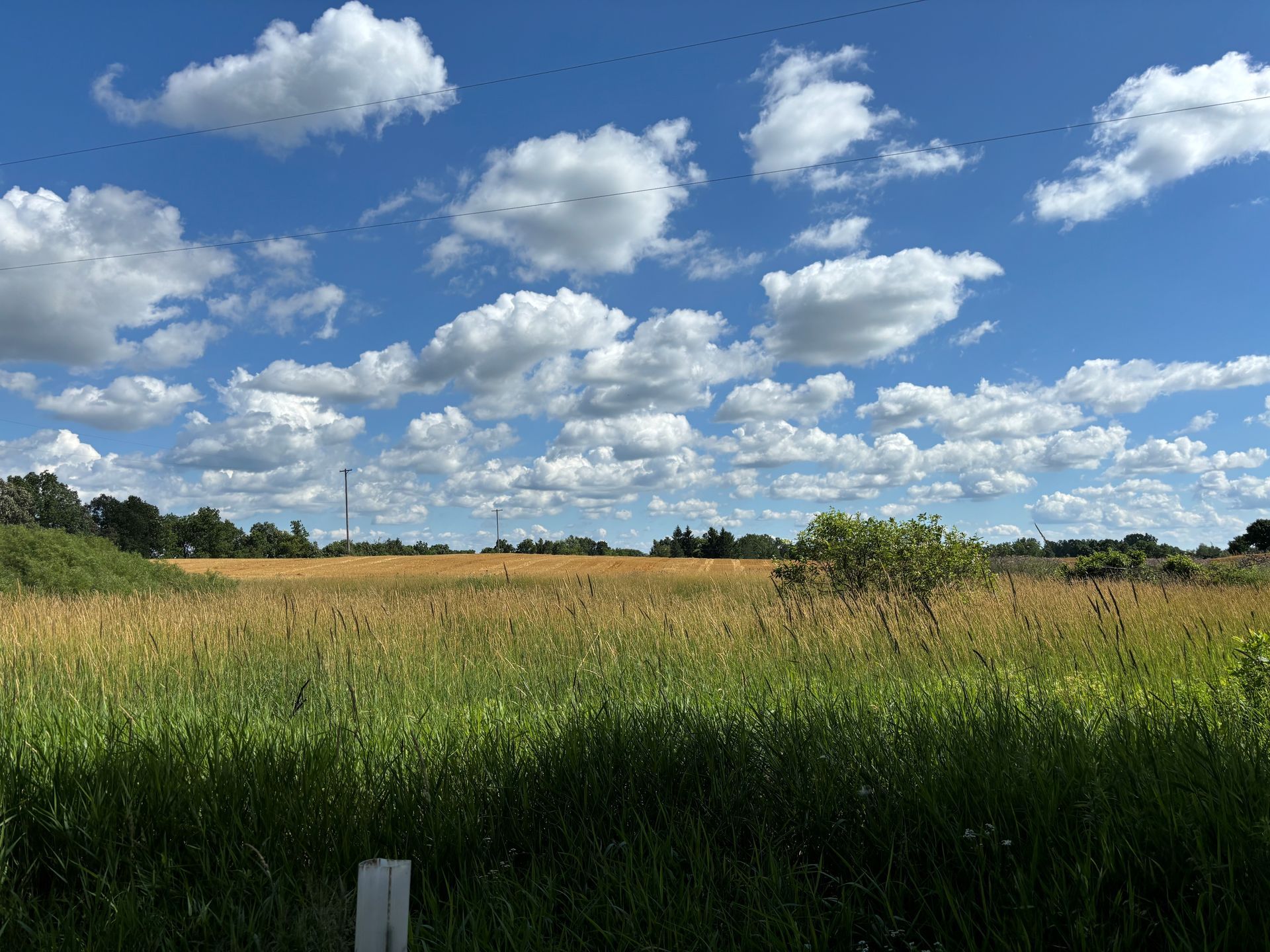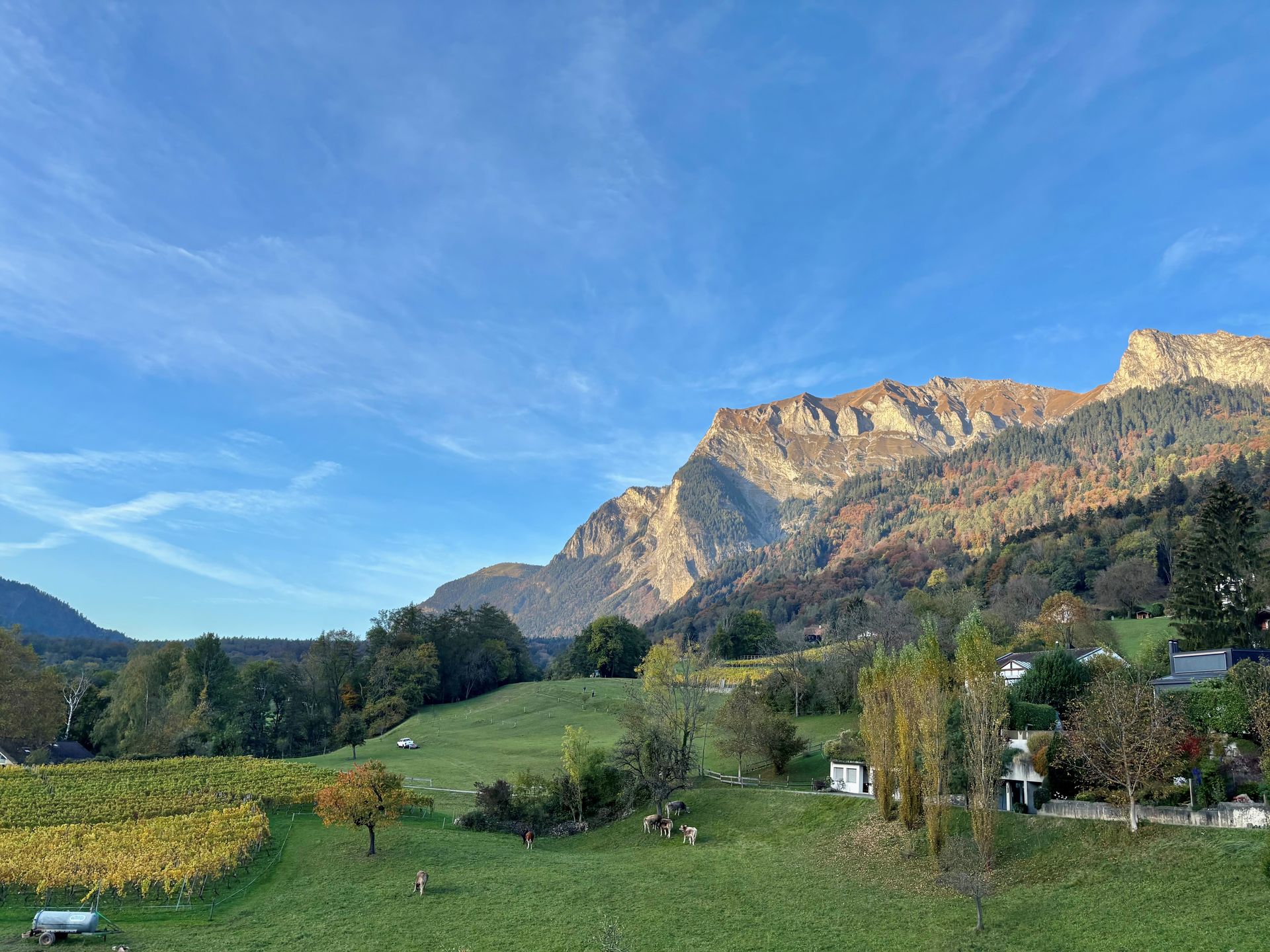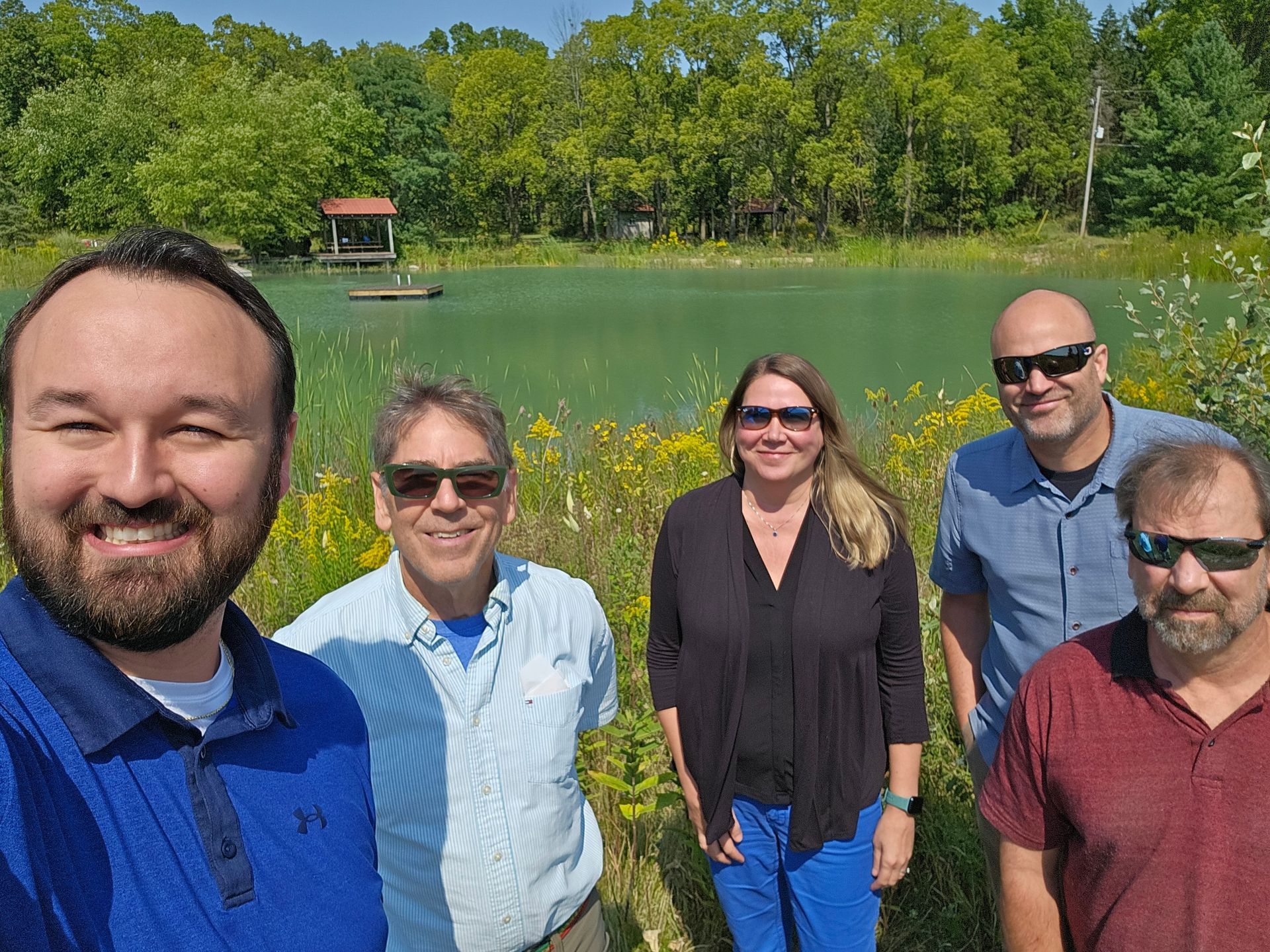Researchers chose nCLD 855Y
Ahmad Nabiyar • May 13, 2021
Researchers chose nCLD 855Y due to unique application requirements for flow, pressure, humidity and response time
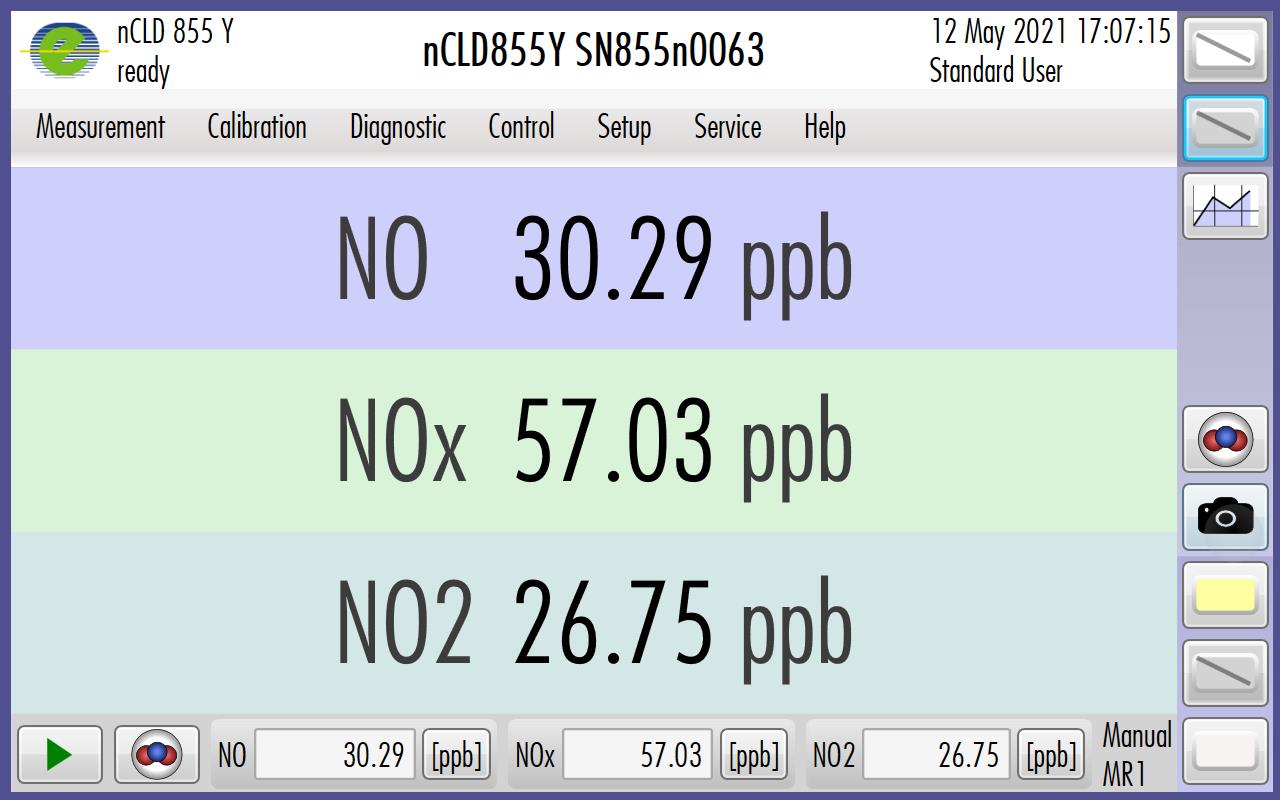
The nitrogen oxides (NOx) generated by lightning can increase the amount of HOx (HOx = OH + HO2) present in the atmosphere, but direct HOx production from lightning has never been quantitatively investigated in the laboratory.
In a laboratory study, researchers Jenkins, J. M., Brune, W. H., & Miller, D., generate prodigious amounts of HOx by both visible and subvisible electrical discharges over ranges of pressure and water vapor mixing ratios relevant to the troposphere. Also measured were NO, total nitrogen oxides (NOx), ozone (O3), and OH exposure, which is the integral of the hydroxyl radical concentration over time since the discharge.
Because of the challenging application requirements across different flow/pressures and fast response time of <1 second researchers decided to use ECO PHYSICS nCLD 855Y for NO and NOx measurements.
Reference:
Jenkins, J. M., Brune, W. H., & Miller, D. O. Electrical Discharges Produce Prodigious Amounts of Hydroxyl and Hydroperoxyl Radicals. Journal of Geophysical Research: Atmospheres, e2021JD034557.
Link:https://agupubs.onlinelibrary.wiley.com/doi/abs/10.1029/2021JD034557
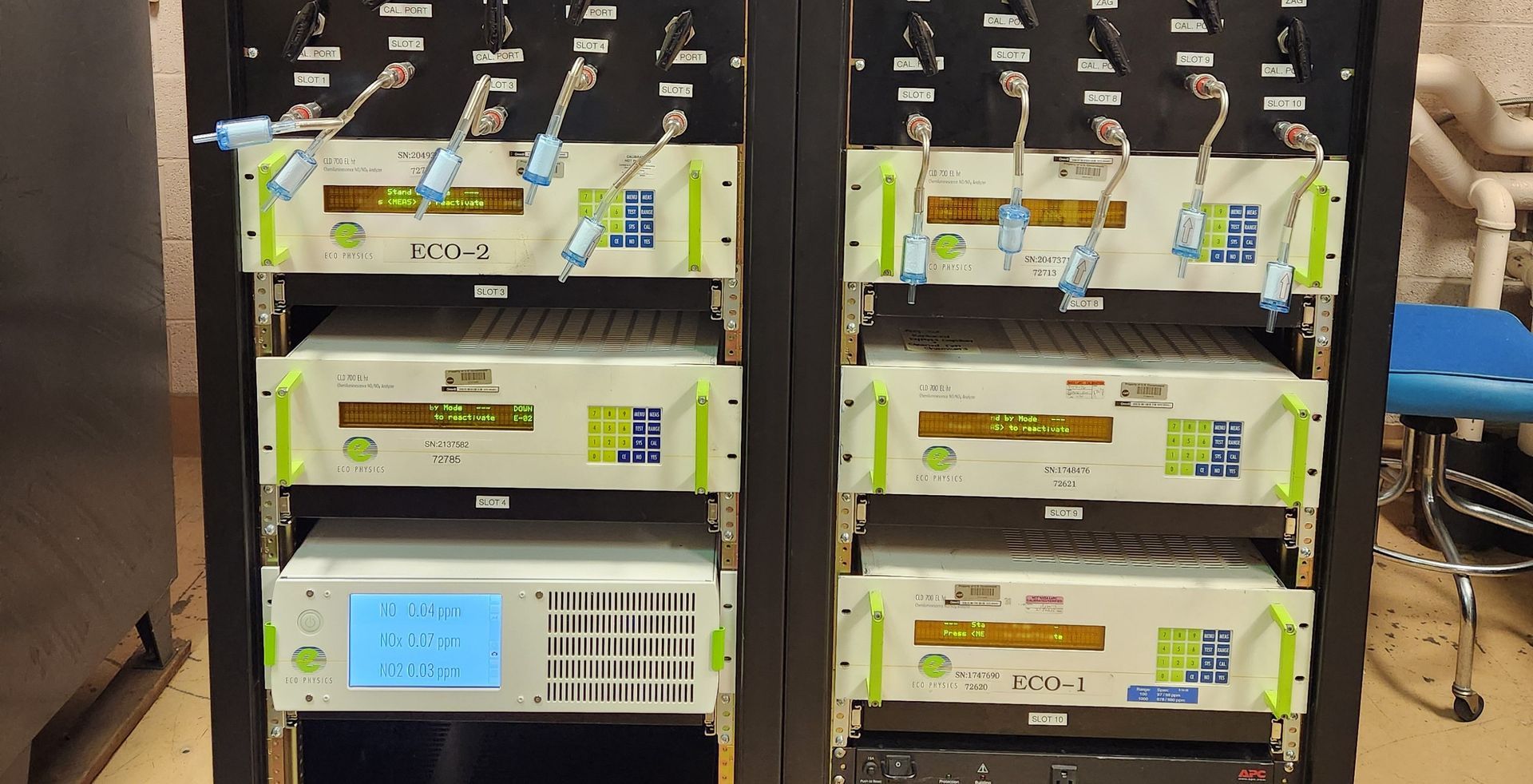
ECO PHYSICS recently visited the NASA Glenn Research Center in Cleveland, Ohio. Glenn is NASA’s only research center in the Midwest, officially named after John Glenn in March 1999. This site was established in 1941 and was incorporated into NASA in 1958. It is NASA’s third oldest research center. The purpose of the facility has evolved over the years, it was originally for aircraft propulsion studies and now it creates advanced technology for aviation and space exploration. Their facilities currently include wind tunnels, drop towers, vacuum chambers, and a research aircraft hangar. We were fortunate enough to see some of these and take some photos during our installation and training visit. Glenn is involved with many important projects, such as the International Space Station and the Artemis Program, which is NASA’s latest plan to return to the Moon. We hope to be involved in more of the great work and research that NASA Glenn will do in the future. Thank you to Krystal and Dawn for their time.

